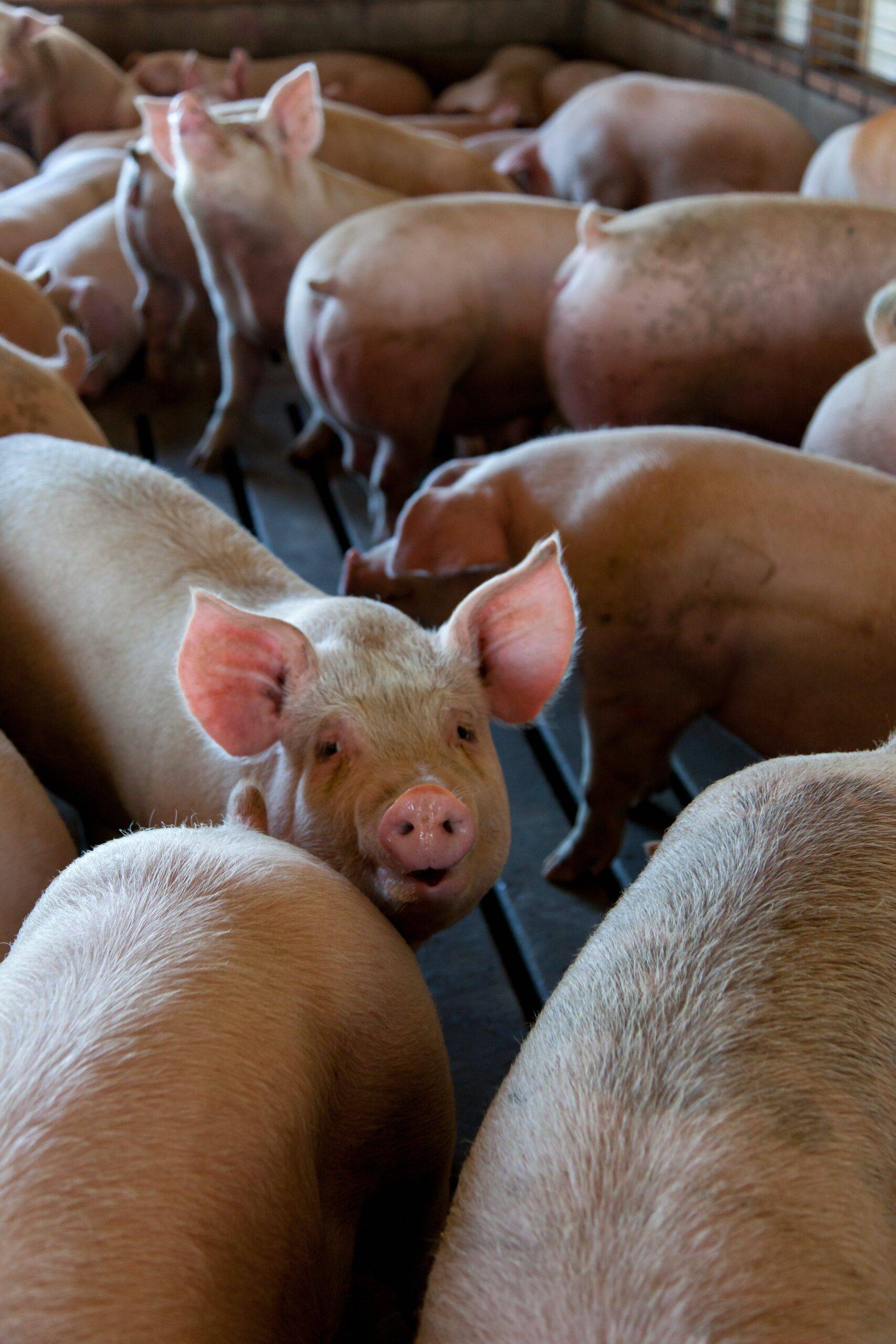
Wheat is one of the world’s most essential crops, serving as a cornerstone of global diets and trade. From bread to pasta, this versatile grain feeds billions, with several countries standing out as major contributors to global wheat production. Let’s explore the world’s top wheat producers, their agricultural strengths, and the challenges they face in maintaining supply.
1. China: The Global Leader in Wheat Production
Annual Output: 140–150 million metric tons
Domestic Focus: Most of China’s wheat stays within its borders, satisfying a population of 1.4 billion.
China is the world’s largest wheat producer, leveraging vast agricultural regions in provinces like Henan and Shandong. The government heavily subsidizes farmers and invests in modern farming technologies to maintain consistent yields. However, limited exports mean China’s influence on global wheat markets is relatively small.
2. India: The Breadbasket of Asia
Annual Output: 105–110 million metric tons
Policy-Driven Growth: Minimum Support Price (MSP) policies ensure farmer profitability.
India’s wheat production thrives in regions such as Punjab and Uttar Pradesh, thanks to advanced irrigation systems and fertile soil. Though production has surged in recent years, domestic consumption dominates, leaving limited quantities for export. Rising temperatures and water scarcity remain critical challenges for India’s wheat industry.
3. Russia: The Export Powerhouse
Annual Output: 85–95 million metric tons
Global Influence: Russia leads in wheat exports, supplying regions like the Middle East and Africa.
Russia’s vast farmlands and Black Sea ports make it a formidable player in the global wheat market. The government provides subsidies and encourages the use of modern agricultural techniques, allowing farmers to produce at lower costs. However, geopolitical tensions and export restrictions can disrupt its trade flow.
4. United States: Quality Over Quantity
Annual Output: 45–50 million metric tons
Premium Product: Known for high-quality hard red winter and spring wheat varieties.
The United States prioritizes quality over sheer volume, exporting premium-grade wheat to markets worldwide. With key production hubs in Kansas and North Dakota, American farmers benefit from advanced mechanization and sustainable practices. However, rising input costs and climate variability pose challenges.
5. European Union: A Collective Giant
Annual Output: 135–140 million metric tons (aggregate)
Major Producers: France, Germany, and Poland.
As a bloc, the EU rivals China in wheat production, with France leading the charge. The region’s favorable climate and policies under the Common Agricultural Policy (CAP) ensure steady output. The EU’s position as a top exporter makes it a critical player in global food security.
6. Canada: The Durum Wheat Specialist
Annual Output: 35–40 million metric tons
Global Demand: Canadian wheat is prized for its high protein content.
Canada’s wheat fields in Saskatchewan and Alberta produce some of the world’s best durum wheat, essential for pasta production. Export-driven and bolstered by innovation, Canada faces climate-related challenges but remains a reliable supplier to Asia and the Middle East.
7. Australia: Drought-Resistant and Export-Oriented
Annual Output: 30–35 million metric tons
Export Markets: Asia is a primary destination for Australian wheat.
Australia’s wheat industry is heavily reliant on exports, with efficient logistics and drought-resistant varieties helping the country overcome climate challenges. Key production regions include Western Australia and New South Wales.
The Importance of Wheat in Global Trade
- Food Security: Wheat feeds billions and is a staple in many diets worldwide.
- Economic Impact: Export revenues are significant for countries like Russia, Canada, and Australia.
- Global Challenges: Climate change, geopolitical conflicts, and rising input costs threaten production.
Key Takeaways for the Future
- Sustainability: Investing in climate-resilient varieties and sustainable farming practices is critical.
- Innovation: Technology, including AI-driven farming techniques, can revolutionize wheat production.
- Trade Dynamics: Navigating geopolitical tensions and trade restrictions will shape the global wheat market.


